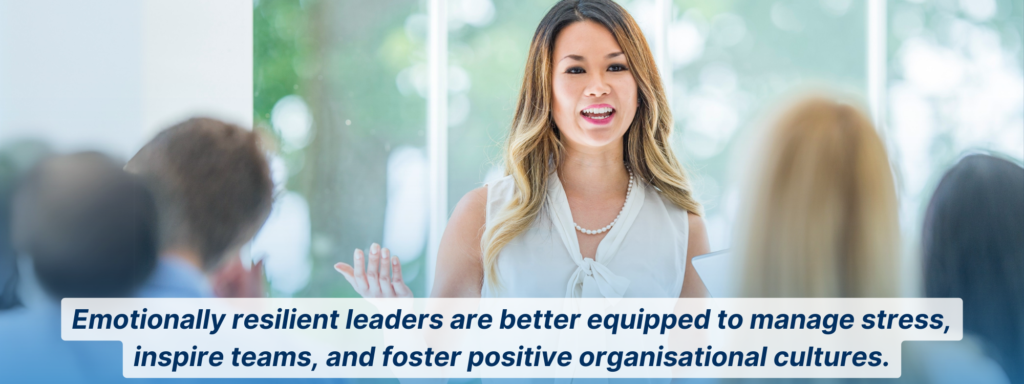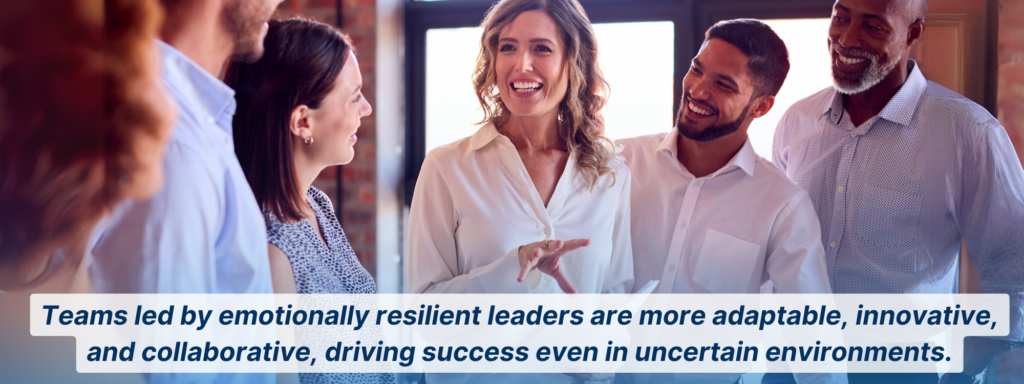In a world where 77% of professionals experience regular burnout, emotional resilience is not a luxury—it’s a necessity. Modern life, with its relentless pace and constant demands, often pulls individuals toward stress, anxiety, and negativity.
Amidst this turbulence, the Bliss List emerges as a deceptively simple yet profoundly powerful tool for fostering emotional resilience. By intentionally immersing in joyful memories and sensory experiences, individuals can counteract the brain’s negativity bias. It can also strengthen their emotional foundations, and navigate life’s challenges with greater poise and clarity.

Rewire Your Brain with the Science of Joy
The human brain is evolutionarily wired to prioritise negative information—a survival mechanism that once protected our ancestors from threats. Today, this negativity bias amplifies stress, fuels anxiety, and fosters rumination. Neuroscientific research reveals that while negative experiences are effortlessly encoded into long-term memory, positive experiences require deliberate focus to achieve similar retention. Dr. Rick Hanson’s work on neuroplasticity highlights that dwelling on positive moments for at least 20 seconds helps embed them in memory, gradually rewiring the brain for resilience.
Engaging vividly with multi-sensory recollections of positive moments activates the parasympathetic nervous system, reducing stress hormones like cortisol and promoting relaxation (Davidson & McEwen, 2012). This practice not only improves immediate emotional states but also strengthens long-term resilience by training the brain to recognise and amplify positive emotions. Over time, this cognitive shift empowers individuals to manage stress more effectively, make clearer decisions, and enhance interpersonal interactions.
Building a Brilliant Bliss List
To unlock the full potential of the Bliss List, it must be thoughtfully curated to reflect a wide spectrum of emotional states and experiences. A well-rounded Bliss List features moments that evoke energy, calm, joy, comfort, excitement, and satisfaction, offering flexibility to access the emotional state most needed in any given situation.
- Engage All Senses: Enrich memories with sensory details—the colours, sounds, scents, textures, and tastes—to deepen emotional engagement and make experiences more immersive.
- Balance Big and Small Moments: While major milestones matter, everyday pleasures—the warmth of sunlight, the scent of freshly brewed coffee—can be equally powerful when intentionally savoured.
- Blend Active and Passive Joys: Include both energising activities (like hiking or dancing) and soothing experiences (like listening to music or watching a sunset) to support emotional resilience across diverse needs.
A List for Life & Leadership
The Bliss List is more than a personal tool—it is a strategic asset for effective leadership. Emotionally resilient leaders are better equipped to manage stress, inspire teams, and foster positive organisational cultures. Integrating the Bliss List into daily routines can significantly enhance leadership effectiveness:
- Morning Momentum: Start the day by revisiting energising Bliss List items to set a positive tone and boost motivation, priming leaders to approach tasks with enthusiasm and clarity.
- Stress Interruptions: During high-pressure moments, recalling grounding Bliss List memories can disrupt stress responses and restore emotional balance, supporting composed decision-making.
- Confidence Boosters: Reflect on past successes to reignite self-belief during moments of doubt, empowering leaders to tackle challenges with renewed assurance.
- Team Resilience: Encourage teams to create and share their own Bliss Lists. This practice fosters a culture of emotional resilience, strengthening team cohesion and morale.
How to Deepen Engagement
To maximise the Bliss List’s impact, engage in targeted exercises to enrich and expand positive memories:
- Memory Mining: Spend five minutes journaling about moments of peak happiness, safety, or vitality. This unfiltered writing can reveal overlooked yet powerful memories.
- Sensory Stacking: Intensify memories by layering sensory details—colours, sounds, scents, and textures—to make recollections more vivid and emotionally impactful.
- Future Bliss Projection: Visualise anticipated joyful moments—a dream vacation, mastering a new skill, or celebrating a milestone—to blend hope with present resilience.
- Anchoring Bliss: Pair a physical gesture (e.g., pressing thumb and forefinger together) with vivid memory recall to create a physical anchor, enabling quick access to positive emotional states during stress.
Adapting to Meet Changing Needs
The Bliss List is highly effective but may not be equally accessible for everyone. Those facing severe anxiety or trauma might struggle to recall positive memories. Starting with small, neutral moments of comfort and gradually building towards more joyful recollections can make the practice more accessible. Combining the Bliss List with mindfulness or therapeutic practices can further support emotional resilience.
- For Energy and Motivation: Recall high-energy experiences—dancing, exploring, or achieving goals—to ignite drive and enthusiasm. Amplify these memories with vivid visuals and intensified sounds.
- For Calm and Grounding: Reflect on peaceful moments—walking in nature, meditating, or enjoying quiet mornings—to promote relaxation. Slower movements and softer tones deepen their calming effect.
- For Confidence and Control: Revisit moments of mastery—solving problems, leading projects, or mentoring others—to reinforce self-assurance. Focus on feelings of competence to strengthen personal efficacy.
Sustained Resilience: The Long-Term Impact
Consistent engagement with the Bliss List fosters lasting emotional resilience. Regular practice gradually reshapes emotional responses, strengthening the capacity to handle adversity. Over time, this focus on positivity enhances mood, cognitive flexibility, and interpersonal relationships.
For leaders, this transformation leads to more effective decision-making, stronger team dynamics, and a resilient organisational culture. Teams led by emotionally resilient leaders are more adaptable, innovative, and collaborative, driving success even in uncertain environments.
The Strategic Power of Joy
The Bliss List is more than a collection of pleasant memories—it is a strategic tool for navigating modern life’s complexities with resilience and clarity. By consciously engaging with positive experiences and enriching them with sensory detail, individuals can counteract the brain’s negativity bias, regulate emotions, and enhance their capacity to thrive.
Take five minutes right now. Write down three moments that made you feel truly alive. Let that be the start of your journey to resilience. By incorporating the Bliss List into daily routines, leaders and individuals alike can build emotional resilience, fostering environments where creativity, collaboration, and well-being flourish. In a world filled with stress and uncertainty, joyful reflection offers a beacon of resilience, enabling us not only to endure but to truly flourish.





